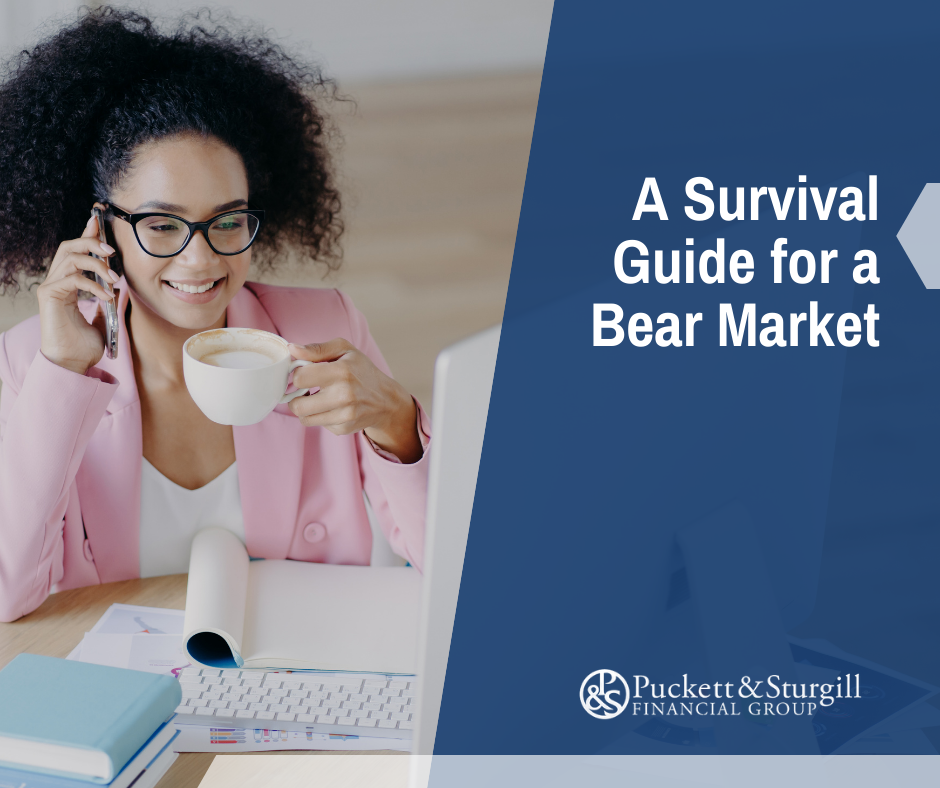
What is Medicare and What Does it Cover?
For those approaching the age of 65, Medicare can be confusing, and you might also be wondering how it compares to your current health care coverage. This guide addresses your questions about Medicare and how you might deal with coverage gaps. Understanding Medicare Medicare is a government program that provides medical insurance for United States citizens or permanent legal residents ages 65 and older. It is also available to younger individuals with disabilities. It is not the same as Medicaid, which is a similar program for qualifying low-income people of all ages. Enrollment Before you consider Medicare, make sure you are enrolled in social security benefit collection. You can do so through the Social Security Administration website in the time period of three months before and after your 65th birthday. Original Medicare Once you begin receiving your social security benefits at age 65, you are automatically enrolled in Medicare parts A and B (often called original Medicare). Medicare part A covers hospital costs and Medicare part B covers doctor visits. Prescription coverage, which is Medicare part D, is the only part you need to enroll in yourself as it is an optional add-on. Medicare Advantage You might be wondering, what about part C? This is where your options broaden. If you’re not satisfied with the coverage that parts A, B, and D provide, Medicare part C allows you to choose your benefits through a Medicare Advantage plan. Most standalone part C coverage has built-in prescription coverage, but if not, you can still supplement your coverage from part C with additional coverage in part D. Most part C plans offer extra benefits, such as vision, hearing, and dental, among others. So it is worth your time to explore those options to ensure you feel comfortable with your coverage. Here is a summary of what we just reviewed:
- Medicare part A – Covers hospital costs. You are automatically enrolled.
- Medicare part B – Covers doctors visits. You are automatically enrolled.
- Medicare part C – Medicare Advantage plan, which you can shop for yourself. It often includes prescription coverage, but you can supplement part C with any other part.
- Medicare part D – Prescription coverage. You must enroll in this yourself if you want it.
- How often do you go to the doctor?
- What health issues do you have or are you predisposed to?
- Do you take medication regularly? If so, are you comfortable paying those costs out of pocket?
- Do you have a specialist you see regularly?
- What can you pay each month in premiums?
- Are you able to pay copays or coinsurance for services?
- Would a high out of pocket cost completely throw off your budget?
- Do you have doctors, hospitals, and pharmacies you like to go to?
- Will you need health care coverage while traveling?
- Are there additional coverages to consider, such as an employer or retiree plan?











